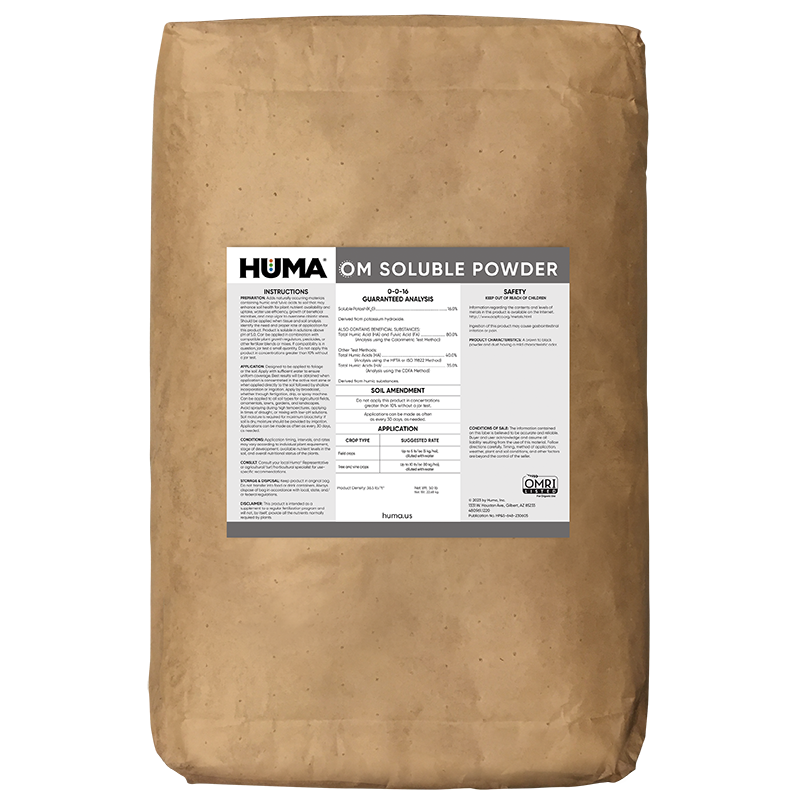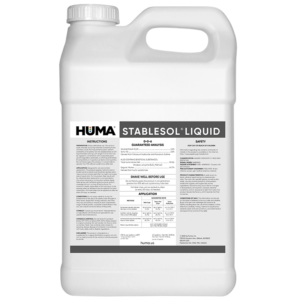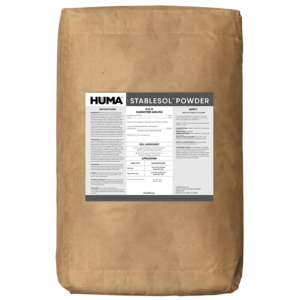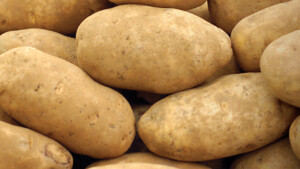OM SOLUBLE POWDER
Benefits of Use:
- Improves soil structure
- Stimulates microbial growth
- Stabilizes soil pH
- Increases nutrient exchange and retention
- Makes micronutrients more readily available
- Increases root penetration
- Improves nutrient absorption
- Increases stress tolerance
- Improves seed germination
FAQs
Related Products
Related Case Studies

Huma® OM Liquid HA 16 With Micro Carbon Technology® Improves Spring Wheat Yield With 60% Increased ROI
Background Humic substances have been shown to improve crop yield. Solid and liquid forms of humic substances with high levels of organic acids can be produced by incorporating Micro Carbon Technology®. Some are suitable for conventional and others for organic farming. Huma® OM Liquid HA 16, OMRI-Listed for organic farming, is a liquid form of

Huma Pro® Mix, pH-Stable Liquid Humic Acid Product, Increases Cotton Lint Yield
Conducted by: Bruce Kirksey, PhD, Agricenter International, Memphis, Tenn. Huma® Product: Huma Pro® Mix Background Scientific research shows that humic and fulvic acids are biostimulants—enhancing nutrient availability and uptake, improving plant root growth and mass, and impacting both crop yield and quality. Humic acid products are not all the same. They are marketed in solid
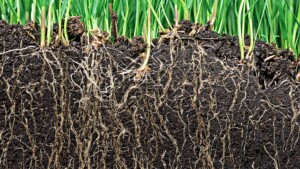
Huma Pro® Stimulates Rhizophagy Cycle of Microbes to Increase Root Growth
Objective The purpose of this research project was to evaluate how humic acids stimulate microbial activity and initiation of the rhizophagy cycle (in which plants cultivate microbes on their roots and then absorb them to extract their nutrients). Huma® Huma Pro®, a liquid 6% humic acid product, was used as the humic acid biostimulant source.
Related Blog Posts

JoVE Video Journal Publication: Quantification of Humic and Fulvic Acids
Dr. Richard T. Lamar and Dr. Hiarhi Monda of our Humic Research Laboratory, with assistance from analytical chemist Ryan Fountain, have published a methodology video in the biochemistry section of the peer-reviewed online video journal, JoVE. The video, Quantification of Humic and Fulvic Acids in Humate Ores, DOC, Humified Materials and Humic Substance-Containing Commercial Products,

BHN’s Heather Jennings Receives TAPPI Division Leadership & Service Award
Heather Jennings, Senior Project Engineer for Probiotic Solutions® at Bio Huma Netics, Inc. (BHN), was presented the Division Leadership & Service Award by the TAPPI Women in Industry Division at the PaperCon meeting in Ohio on April 16. The Award was presented in recognition of Ms. Jennings’ outstanding leadership and exceptional service.

Latest Edition of the BHN Newsletter, The Solution, Is Available
We love to hear stories from the people who use our products, and a number of those stories are included in this issue of The Solution. We begin with a report from Holden Research and Consulting on how use of certain Huma Gro® products on strawberries led to an ROI of over $3,400/acre. Amazing! Equally

